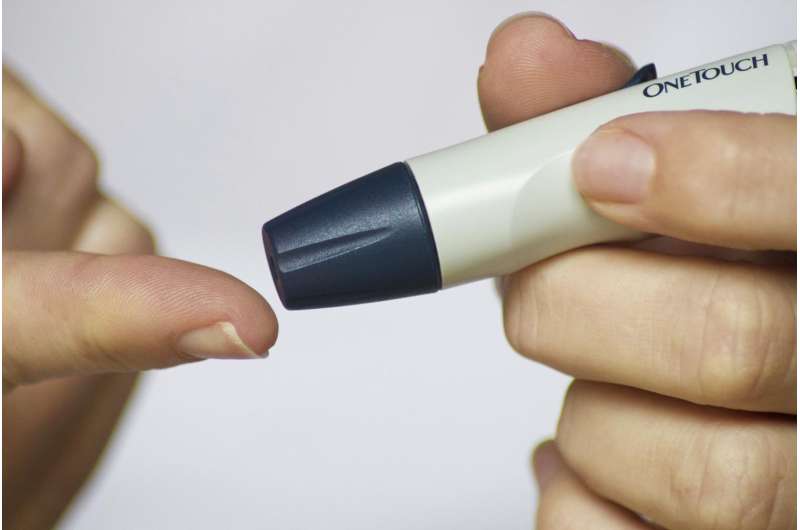Sex could play a role in type 2 diabetes treatment ...but not in the way you think

In health research, most preliminary studies in animals only examine effects of drug treatment in one sex, assuming that males and females will have few differences in how a drug works. But when it comes to diseases closely related to the role of hormones, such as diabetes, should these studies continue to be tied to only one sex?
IRCM researcher Jennifer Estall, PhD, and her student Aurèle Besse-Patin aim to answer this question.
Seeing the other side of the coin
Historically, preclinical research has mainly used males when considering the effectiveness of a treatment for metabolic diseases, such as diabetes, obesity and cardiovascular diseases.
"Studying both male and female populations was seen as doubling a study's costs and duration," explains Dr. Jennifer Estall, Director of the IRCM's Molecular Mechanisms of Diabetes research unit. "In most cases, males have been preferred to avoid the potential influence of female hormonal fluctuations on the data."
Young female animals can also be quite resistant to the usual triggers that influence diabetes and obesity, such as food with a high content in sugar and fat, making it more difficult to create the disease model.
"However, this mindset is changing," adds Aurèle Besse-Patin, PhD student in Dr. Estall's research team. "The research community is realizing that perhaps some of these studies provide us with only one side of the coin."
In fact, medical research meanwhile established that men and women develop metabolic disease in different ways. For example, women are more protected from metabolic diseases until menopause. Logically, this sex-related difference could also have an impact on the treatment of these diseases.
Under the radar
"In the past, drugs tested only in males might have been abandoned because they did not work as well as we wanted them to. However, females could have responded better or, conversely, may respond less or in a different way, and this was not regularly evaluated for newly emerging treatments," explains Dr. Estall. "Our team wants to provide a more comprehensive picture of the effect of sex on how drugs work before they are tested in people. By doing so, we hope to draw attention to treatments that could otherwise fall under the radar."
In order to do so, Jennifer Estall and Aurèle Besse-Patin will be studying how female mice respond to FGF21, a hormone that has impressive benefits on cardiovascular, liver and fat metabolism. FGF21 administration improves metabolism and the effectiveness of insulin, reduces triglycerides in the blood and increases the amount of so-called "good" fat, all of which could potentially increase patients' lifespan and makes it a promising treatment for metabolic diseases. However, while FGF21 was tested on male animals, there is very limited data in females. And even in studies in human subjects, which include both sexes, comparisons are not made between men and women's results, therefore potential differences remain lost in the data.
"Our results will share insightful information about how male and female respectively respond to FGF21," says Aurèle Besse-Patin. "For example, we could see whether it works more significantly in female populations, or if it shows distinctive beneficial effects in one sex over another."
"All in all, by characterizing FGF21 action in females, we will provide a better framework as to whether it is an effective drug to treat metabolic disease in both men and women," says Jennifer Estall. "We hope to shed light on an approach still emergent in our field, and that our results will encourage our research community to do the same," she concludes.

















